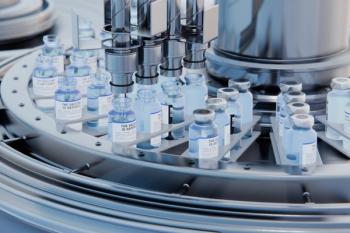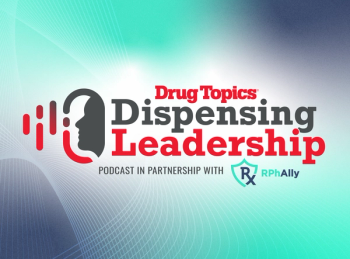
Targeting LDL via PCSK-9 from a Different Pathway
A drug underdevelopment may provide another pathway to lowering LDL levels.
The recent discovery that proprotein convertase subtilisin/kexin type 9 (PCSK-9) degrades low-density lipoprotein (LDL) receptors has made this enzyme a good target to promote decreases in circulating LDL in the blood.
Currently, there are two PCSK-9 inhibitors available for use in the United States-alirocumab and evolocumab-which are monoclonal antibodies that exert their effects by inhibiting the destruction of LDL receptors. Subsequently, more LDL receptors are available to remove LDL from the blood. These drugs block almost all of the PCSK-9 from the entire reticuloendothelial system. There has been more research into the PCSK-9 enzyme to further target therapy, specifically toward hepatocytes. The latest research includes an investigational drug called inclisiran. Inclisiran is a synthetic small interfering ribonucleic acid (siRNA) that silences the complementary messenger RNA of PCSK-9 specifically found on liver cells.
A phase II randomized placebo-controlled multicenter dose-finding trial for inclisiran, ORION-1, was published in April of this year.1 It included patients with elevated LDL who were taking the highest tolerated statin dose and who were also at high risk for cardiovascular disease. There were eight total treatment arms with different dosing regimens of inclisiran or placebo. Inclisiran therapy was comprised of either a single dose or a two-dose regimen that was 90 days apart. The primary endpoint of the study was LDL levels evaluated at day 180.
Related article:
Significant reductions in LDL were seen from baseline in all groups that took the single dose of inclisiran as compared to placebo (27.9% to 41.9% reduction versus placebo 2.1% increase, P<0.001). Similarly, LDL reductions were significantly lower after the two-dose regimen in all inclisiran groups (35.5% to 52.6% versus placebo 1.8% increase, P<0.001 for all comparisons). The largest reduction in LDL was seen in the two-dose 300-mg regimen. Most adverse effects were minor, with a similar incidence in the placebo groups. Three patients in the inclisiran groups experienced elevated liver enzymes.
One limitation of this study is the homogenous European population, which may decrease the generalizability of the results. More studies are needed to determine cardiovascular benefits as outcomes.
All in all, PCSK-9 presents a unique and promising target for lipid management. Inclisiran is still relatively early in the drug development cycle, but its novel mechanism of PCSK-9 inhibition and seemingly long-lasting effects relative to other lipid-lowering therapies make it a promising drug candidate.
References
1. Ray KK, Landmesser U, Leiter LA, et al. Inclisiran in patients at high cardiovascular risk with elevated LDL cholesterol. N Engl J Med. 2017;376:1430-1440.
Newsletter
Pharmacy practice is always changing. Stay ahead of the curve with the Drug Topics newsletter and get the latest drug information, industry trends, and patient care tips.




































































































































